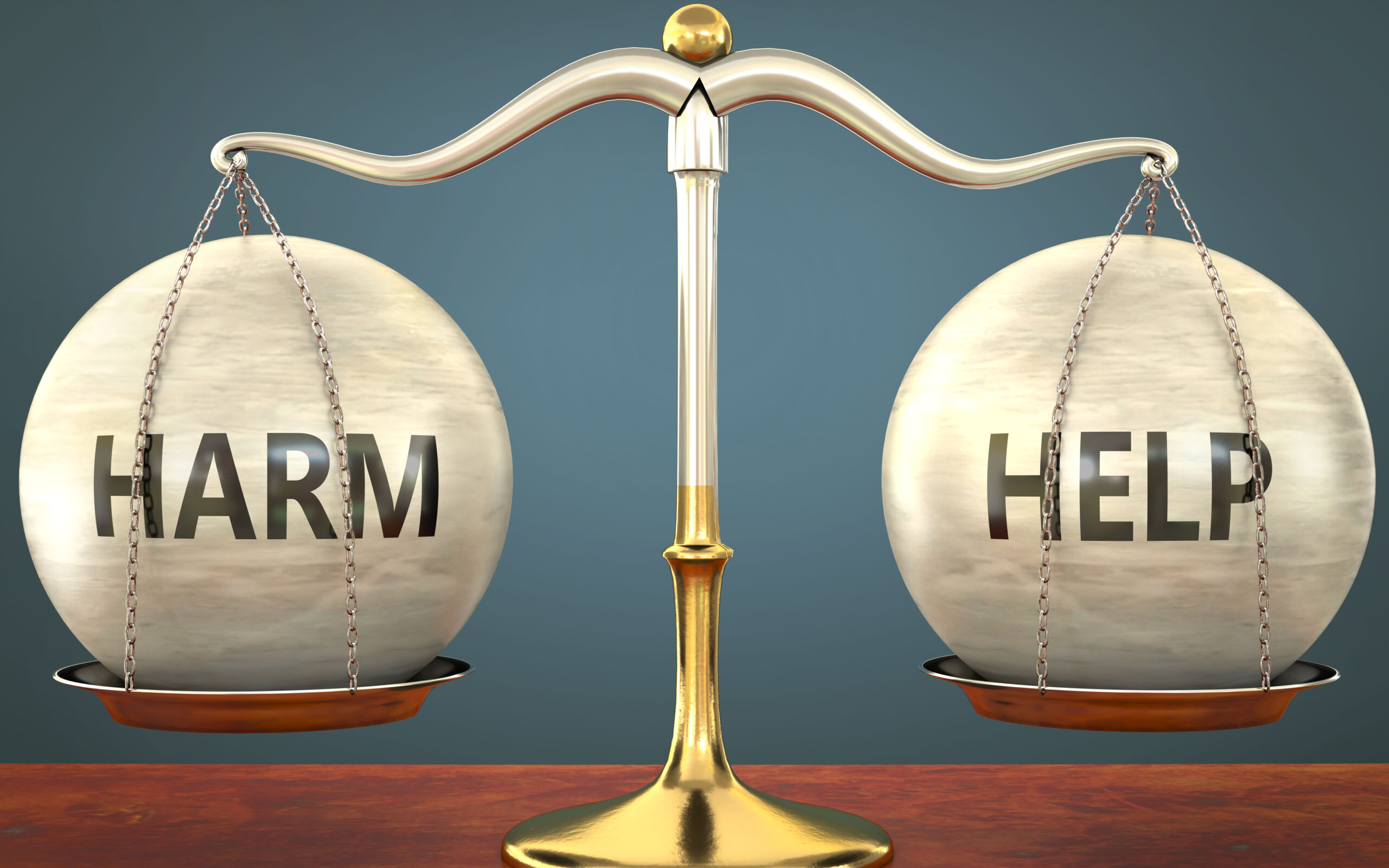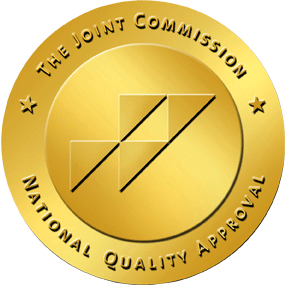You may have heard about harm reduction in news reports or your circle of friends and wonder what this program is about. Harm reduction is an evidence-based solution aimed at reducing the negative effects of drug use and minimize the stigma surrounding substance use, addiction, and overdose. Rather than the zero-tolerance approach practiced, the National Library of Medicine (NIH) explains, “Harm reduction emphasizes practical rather than idealized goals.”
Unlike abstinence-based programs, community public health organizations provide short term interventions while individuals continue using drugs, including healthcare, social services, treatment, and harm reduction supplies such as fentanyl test strips, naloxone kits, condoms, and sterile injection kits. This has shown an effective practice for reducing incidences of drug related harm, such as overdose, hospitalizations, and death.
Why is Harm Reduction Important?
Substance misuse and addiction is a debilitating condition and, according to the CDC, takes the lives of hundreds of thousands of people. The CDC states the synthetic opioid drug fentanyl caused 71,238 of these deaths during 2021. A harm reduction strategy can help reduce drug-related injury, disease, overdose, and death and distribute opioid overdoes reversal medications to those at risk.
Various drugs are widely accessible. Harm reduction policies and strategies recognize this and look beyond the traditional approaches, such as arrest, jail or prison time, and abstinence. These strategies have shown ineffective in lessening the demand and use of drugs and the dangerous consequences.
What are the Benefits of Harm Reduction?
Available for all men and women who use or struggle with addiction, harm reduction can significantly help individuals and their community. This public health approach is non-judgmental, lessens the consequences associated with drug misuse and addiction, and provides several benefits that can have a positive impact on the individual, their friends and family, and neighborhood. Some of the benefits seen with harm reduction include:
- Increased education and safer substance use
- Increased knowledge and referrals to health and social service programs
- Increased condom use and reduction of sexually transmitted disease
- Reduced infection-related disease and infections, such as HIV and Hepatitis C
- Reduced stigma towards drug use and addiction
- Reduced overdose fatalities
Types of Harm Reduction Services
Harm reduction services can vary by location and the particular intervention demands in the area. Some of the harm reduction services and intervention programs can include:
- Supervised injection sites for safer substance use
- Sterile Injection and smoking supplies and needle exchange programs
- Substitute opioid medication distribution, such as methadone or naltrexone
- Free designated driver programs
- Education and resources on safer use of stimulants, alcohol, opioids, and other substances
- Peer support and outreach programs
Concerns About Harm Reduction
While the benefits of harm reduction are clear, many have concerns over its helpfulness for those struggling with addiction and their community. Some worry harm reduction programs condone and encourage drug use and increase the likelihood of neighborhood crime or violence. This negative perception and public opposition can affect access to harm reduction services.
With ongoing research and education about a growing drug addiction problem, we can help change public opinion and the stigma about harm reduction strategies. Practical and evidence-based harm reduction strategies can support and reduce the number of hospitalizations and overdose deaths associated with drug use.
Syringe service programs have improved outcomes of IV drug users and decreased HIV transmission and provide safe needle disposal. And regarding advocating drug use, harm reduction programs meet individuals where they’re at and offer a non-traditional drug treatment method where traditional methods may be inaccessible, or the individual is not ready.
Harm Reduction Services in California
The goal of harm reduction is improving the quality of life and well-being of the individual and community. This people-centered program of care aligns with the demands of the participants and community and recognizes how social factors can influence a person’s vulnerability. With respect to human dignity, harm reduction acknowledges the critical element of autonomy and encourages active participation from drug users.
People in California, and right here in Sonoma County, can find a wide number of harm reduction programs. These organizations offer services such as HIV testing and counseling, needle exchange, distribution, or disposal, life-saving naloxone distribution, and medicated assisted treatments (MAT).





